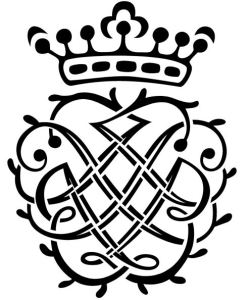J.S.Bach: Clavier-Übung III
Stephen Farr organ
The 1975 Metzler organ,Trinity College, Cambridge
Resonus Classics RES10120. 105’08
Bach’s Clavier-Übung III is one of his most important contributions to the whole organ repertoire. Published for ‘connoisseurs’ in 1739, the 27 pieces include music of the utmost intensity and contrapuntal complexity, alongside more approachable pieces such as the well-known ‘Giant’ Fugue, Wir glauben all an einen Gott. Bettina Varwig’s detailed programme notes reveal that this collection could be Bach’s defiant response to his critic, and former pupil, Scheibe who criticised him for writing in “an antiquated, bombastic style that eschewed the current taste for pleasant, natural, singable music”. It is about as far as he could get from that new style, one taken up with gusto by his son CPE Bach.
Stephen Farr’s choice of the 1975 Metzler organ in Trinity College, Cambridge, is a good one. An early UK example of continental organs designed with the performance of Bach in mind, this remains a fine instrument. It contains Father Smith pipework from 1694 and 1708.
Stephen Farr treats the organ as he finds it, making effective use of the available tone colours with a clear understanding how it would sound when recorded. The detail registrations are worth studying – there are some interesting choices including, for example, the use of the rather English solo Cornet, rather than a more Germanic Sesquialtera, for the solo in the first Kyrie, Gott Vater in Ewigkeit (track 2). The extraordinary Vater unser in Himmelreich (track 15) is given a very refreshing registration, using flute sounds for both of the manual parts, rather than the more usually heard contrasting reedy tone. The only registration I wasn’t quite sure about came in the first Christ, unser Herr, zum Jordan kam, (track 17) – hearing the pedal theme sounding in octaves (with the 8’ Octavbass added to the 4’ Trompete) took a bit of getting used to.
The often omitted four Duetti are included, as they should be. There is much discussion about their place in the otherwise sacred collection, but there clearly there for a purpose, even if musicologists are still debating what that purpose might have been. The opening Praeludium pro Organo Pleno and the final ‘St Anne’ Fuga are given powerful and energetic readings.
This recording is only released as a download, with digital formats ranging from MP3 up to 24-bit/96kHz studio quality masters. There is a 24-page full-colour booklet in PDF format, with a comprehensive essay on the music, chorale texts and translations, the organ’s specification and the registrations used in this recording.
http://www.resonusclassics.com/clavierubung-III

